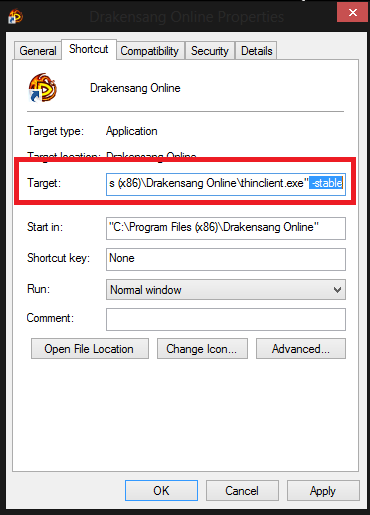
Test Server For Mac
Your Mac can use Wireless Diagnostics to perform additional analysis. Quit any apps that are open, and, if possible. Press and hold Option (Alt) ⌥ key, then choose Open Wireless Diagnostics from the Wi-Fi status menu. Enter your administrator name and password when prompted.Wireless Diagnostics begins analyzing your wireless environment:If the issue is intermittent, you can choose to:When you're ready to see recommendations, continue to the summary. Wireless Diagnostics asks for optional information about your base station or other router, so that it can include that in the.Click the info button next to each item in the summary to see details about that item. Wi-Fi best practices are tips that apply to most Wi-Fi networks.Back up or make note of your network or router settings before changing them based on these recommendations—in case you need to use those settings again.
Your Mac can monitor your Wi-Fi connection for intermittent issues, such as dropped connections. Follow the steps to, but choose ”Monitor my Wi-Fi connection” when prompted.During monitoring, a window shows that monitoring is in progress. Monitoring continues as long as this window is open and you're on the same Wi-Fi network, even when your Mac is asleep.If Wireless Diagnostics finds an issue, it stops monitoring and shows a brief description of the issue.
When you’re testing connectivity to servers and you’re using SSL on those servers then your traditional ways of testing connectivity may been a little augmentation. For starters, you’re going to use the openssl to test connections. For example, if you have a web server you might traditionally attempt to telnet into port 80 and check Continue reading Using OpenSSL to Test Connectivity. Having a web server built into macOS is perfect for those who want to share information in a small workgroup or set up and test sites on a.
You can then resume monitoring or continue to the summary for details and recommendations. Wireless Diagnostics automatically saves a diagnostics report before it displays its summary.
You can create the same report at any time: press and hold the Option key, then choose Create Diagnostics Report from the Wi-Fi status menu. It can take your Mac several minutes to create the report. macOS Sierra and later saves the report to the /var/tmp folder of your startup drive, then opens that folder for you.To open the folder manually, choose Go Go to Folder from the Finder menu bar, then enter /var/tmp. OS X El Capitan or earlier saves the report to your desktop.The report is a compressed file with a name that begins “WirelessDiagnostics.” It contains many files that describe your wireless environment in detail. A network specialist can examine them for further analysis. Wireless Diagnostics includes additional utilities for network specialists. Open them from the Window menu in the Wireless Diagnostics menu bar:.
Info gathers key details about your current network connections. Logs enables background logging for Wi-Fi and other system components. The result is saved to a.log file in the on your Mac.
Logging continues even when you quit the app or restart your Mac, so remember to disable logging when you're done. Scan finds Wi-Fi routers in your environment and gathers key details about them. Performance uses live graphs to show the performance of your Wi-Fi connection:. Rate shows the transmit rate over time in megabits per second.

Quality shows the signal-to-noise ratio over time. When the quality is too low, your device disconnects from the Wi-Fi router. Factors that affect quality include the distance between your device and the router, and objects such as walls that impede the signal from your router. Learn more. Signal shows both signal (RSSI) and noise measurements over time. You want RSSI to be high and noise to be low, so the bigger the gap between RSSI and noise, the better. Sniffer captures traffic on your Wi-Fi connection, which can be useful when diagnosing a reproducible issue.
Select a channel and width, then click Start to begin capturing traffic on that channel. When you click Stop, a.wcap file is saved to the on your Mac.
The case design optimizes airflow to limit heat buildup while maintaining a quiet working environment.Small PCs are a great way to save on desk space while still getting the full desktop experience, including more powerful processors, many more ports, and more display options. Ant renamer download windows 10. This tiny workstation from HP is about the size of the Mac mini, and this particular model features an 8th-generation Intel Core i7 processor, along with 16GB of RAM, though configurations are available with high-powered Intel Xeon processors.